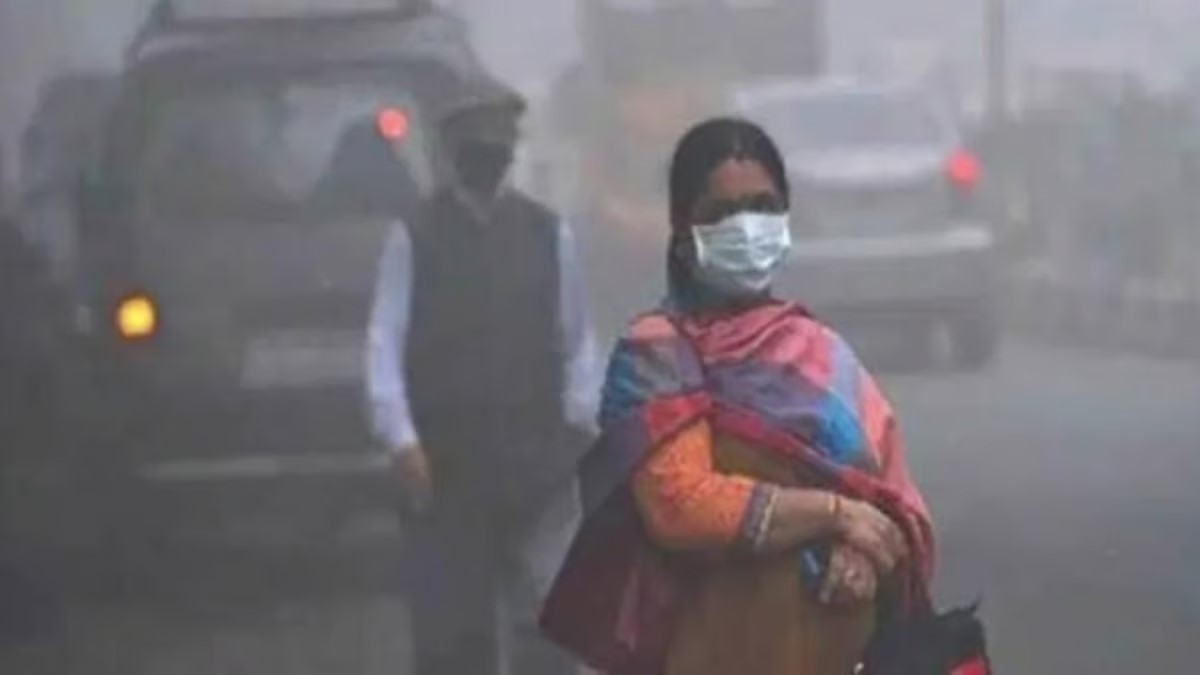The lessons from the Bhopal gas tragedy should have been remembered in all cities of India

There was a sense of déjà vu for many of us who remember the tragic Bhopal gas disaster, as news trickled in about the last of the toxic waste being moved out this week after 40 long years. The 1980s was when Mumbai, then Bombay, battled industrial pollution on a major scale given the large number of manufacturing plants, chemical and engineering units, oil refineries, and more. Chembur, on the city’s eastern side, was derogatorily called the ‘gas chamber’ of the city; its lush, verdant green areas and large open spaces were simply unable to handle the toxic fumes from the concentration of industries there.
Mumbai’s Air Quality Index in the past few years has been in the ‘poor’ to ‘very poor’ and, sometimes, in the ‘hazardous’ category too. While the share of industrial pollution in the poor air quality has reduced compared to the decades of the 80s-90s, the service and start-up sectors that now dominate Mumbai’s economy contribute to the pollution load, though they do not, obviously, have chimneys spouting dark smoke. Increased vehicular traffic, unceasing construction activities, and large data centres are among the energy guzzlers with massive emission loads that are keeping Mumbai polluted.
The manufacturing-led pollution has moved, unfortunately, to smaller cities and towns across India. Studies have shown that, across urban India, as much as 51 per cent of all pollution can be traced to industries. It may not take a Bhopal-like accident for the air in India's cities to be polluted and turn poisonous. In any list of the world's most polluted cities, India makes up more than three-quarters of the list. Smog-filled cities are silent killers, choking people, leading to a rise in respiratory ailments, contributing to reproductive issues in women, and endangering livelihoods – and by extension, the urban economy too.
National discussions, however, remain centred on Delhi and Mumbai or, at the most, move to towns like Gurugram and Meerut. But, as I found out last month, Byrnihat town in Ribhoi district, Meghalaya, and Begusarai in Bihar topped the list of the most polluted cities, according to the World Air Quality Report 2023 released by Swiss-based IQAir last year. Byrnihat and Begusarai exemplify the silent crisis of air pollution in India, small cities that are struggling to even acquire monitoring equipment. As many as 131 cities and towns are under the National Clean Air Programme (NCAP), launched in 2019 to reduce particulate matter pollution by 20-30 per cent by 2024, using 2017 as the base year. Called non-attainment cities, they collectively house a staggering 295 million or around 21 per cent of India’s population.
Bhopal should have awakened India’s governments to the crisis decades ago, but it did not. However, it awakened at least two generations of journalists and activists, many of whom, like the late Darryl D’Monte and Anil Agarwal, went on to focus on environmental issues as people’s life and livelihood issues, laying the ground for robust coverage over the years. That the Bhopal gas tragedy is back in the headlines as an issue intersecting industry and cities four decades later exemplifies a point often missed about urbanisation in the country – the primacy given to the economy over ecology and people in cities. This has to be revisited now – urgently – and people’s lives placed above the economy.
To rewind, on the night of December 2-3 in 1984, the US-headquartered Union Carbide Corporation pesticide factory in Bhopal, then a typical Indian Tier II town, saw the deadly methyl isocyanate gas leak from its storage containers that were later shown to be faulty. Nearly 4,000 died, many of them in their sleep, that very night, especially in its older and poorer parts, which were enveloped in the noxious fumes. The state government of Madhya Pradesh put the figure at around 3,500 in the initial days and 15,000 in the later months; chroniclers and activists, who have been fighting the case since, say the numbers are in lakhs considering many have shown lingering impacts of breathing the polluted air.
It would be fair to say that nearly half a million people have been affected – either losing their lives on the night or in the weeks after and others over the decades – and the Bhopal gas tragedy remains the world’s worst industrial disaster in a crowded city or town. The head of Union Carbide, which Dow Chemicals bought in 1999, was not detained at any Indian airport despite the loss of thousands of lives, and this remains a blot on India’s governance-judicial system. In 2010, the local court convicted seven former managers of the plant but handed them minor fines and small prison sentences.
This week, the last of the toxic waste lying in the factory premises was carted away to a disposal facility in Pithampur, roughly 225 kilometres away, amidst heavy security. Twelve containers carried 337 metric tons of the toxic waste which will be incinerated over the next three to nine months, according to authorities. Activists point out that the remaining solid waste is slated to be buried in a landfill, which could lead to water contamination and raise other environmental problems.
The lessons from the Bhopal gas tragedy should have been remembered in all cities of India – strict regulation of all industries, including the new economy ones; controlling emissions from all sources, including vehicles and construction; protecting and nurturing open spaces and green areas to allow nature to combat the pollution to the extent possible; and ensuring that people have the alerts and information they need during such crises. Bhopal's lessons have not been learned.
-- FPJ